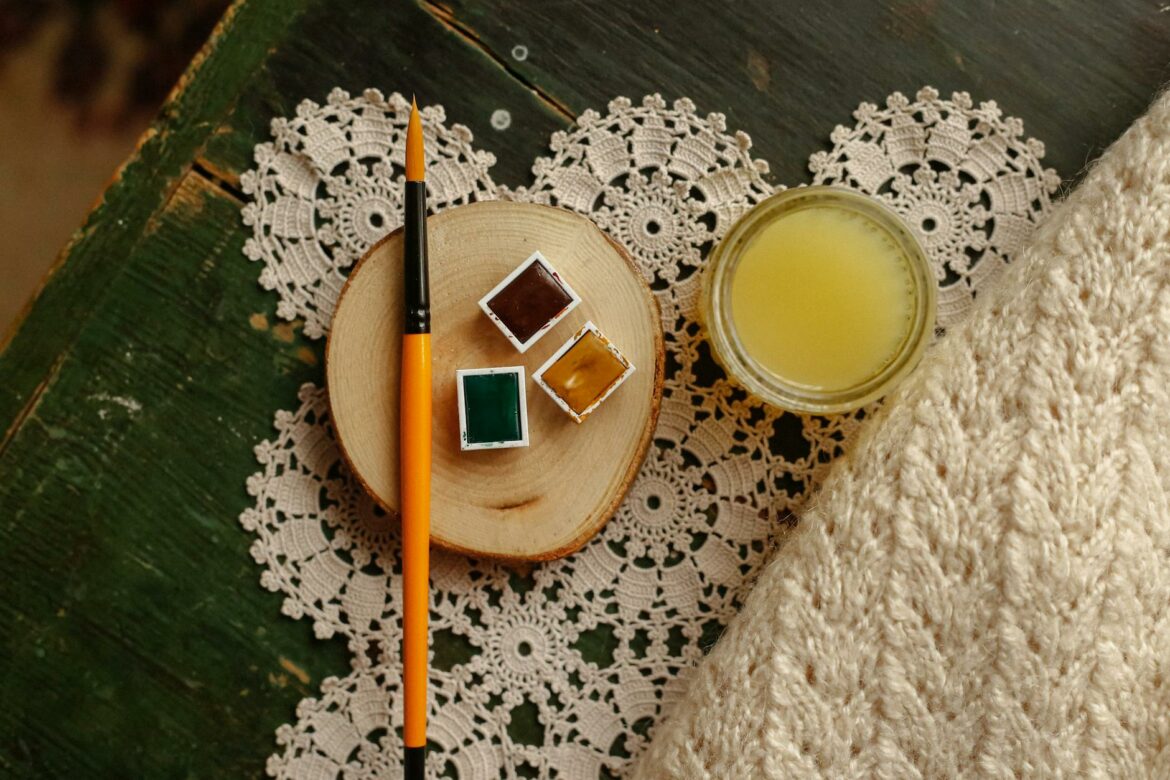In a small, cluttered bedroom, a budding musician named Sam found himself wrestling with the challenge of recording high-quality audio without the luxury of a professional studio. One late-night session, he discovered that with a few adjustments and some clever DIY techniques, he could transform that cramped space into an acoustically friendly haven. If you’re like Sam, you too can create a home studio that rivals the sound quality of commercial setups, all while working within a modest budget.
To embark on your own DIY sound studio journey, you don’t need to invest in top-tier equipment or extensive renovations. Instead, focus on three practical takeaways that can elevate your audio quality this week.
First, consider the acoustics of your space. Many aspiring audio creators overlook how much the room’s characteristics affect the recording. If you’re in a space with hard surfaces–think bare walls, wooden floors, or large windows–sound waves bounce around, causing echoes and muddiness, which can be detrimental to sound clarity. An immediate solution is to introduce soft furnishings. Think strategically: add rugs, curtains, and cushions to absorb sound. If you have access to foam panels, even a couple can make a big difference. Install them at first reflection points, which are located where sound bounces off the walls before reaching your microphone. This simple step can provide a more controlled environment for your recordings.
Now, let’s shift gears and look at a different scenario. Imagine you’re a podcaster working from a small office setup. Your primary concern might not just be sound quality but also background noise, especially if you’re recording during the day. In this case, prioritize isolation. Use heavy blankets or a portable sound booth to create a barrier against ambient noise. For instance, a simple DIY vocal booth can be constructed using PVC pipes and moving blankets. This setup doesn’t require a lot of space and can drastically minimize outside disturbances, allowing for cleaner audio capture.
Next, let’s talk about the recording equipment itself. While it’s tempting to splurge on high-end microphones, a more pragmatic approach involves optimizing what you already have. If you possess a decent USB microphone, it can yield impressive results with the right setup. Place it on a stable surface, ideally at mouth level, and use a pop filter to diminish plosive sounds. If you’re recording vocals, stand a few inches away to avoid overwhelming the mic with your breath. For instruments, try using a small desk to isolate the sound source and keep it away from walls to minimize reflections.
In contrast, if you’re an aspiring filmmaker working on a short project, the priorities shift slightly. You might need to capture not just clean audio but also video, and that means lighting plays a crucial role. Position your microphone close to the sound source to reduce the need for heavy post-processing on the audio. Consider a shotgun microphone that can focus on your subject while rejecting noise from the sides. Combine this with soft, diffused lighting–perhaps from a couple of inexpensive LED panels–to ensure both your visuals and audio remain crisp and professional.
As you experiment with these tips, remember that the goal is to create a comfortable and focused environment for your creative work. Each space has its unique quirks, so feel free to tweak these suggestions based on your needs. The beauty of a DIY studio is that it evolves with you; the more you experiment, the better your recordings will sound.
With a little bit of thoughtful planning and a willingness to adapt, you can cultivate a home studio that not only meets your creative needs but also delivers professional-sounding results. This week, dive into your space’s acoustics, optimize your recording equipment, and find clever ways to minimize noise, regardless of whether you’re a musician or a content creator. You’ll be surprised at how these simple changes can elevate your craft.

